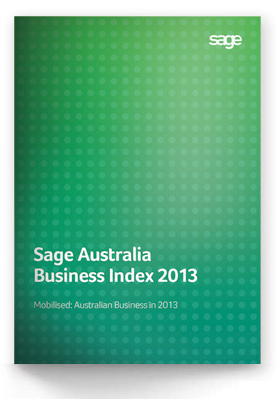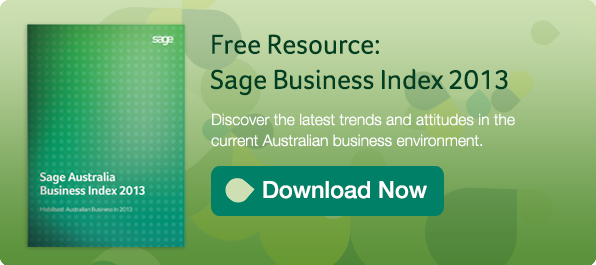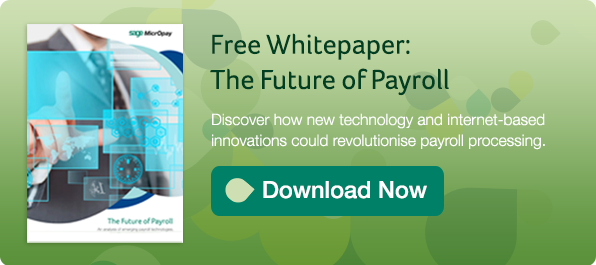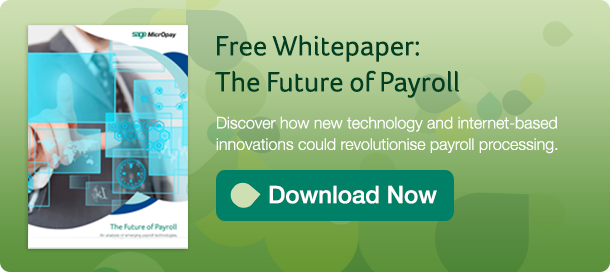 All eyes from the payroll sector have been on the “Australian Payroll Association 2014 Payroll Benchmarking Study” since its release by the Australian Payroll Association (APA). 1,782 organisations responded to the survey that was conducted between November 2013 and January 2014 and it features great news for our own payroll product – Meridian.
All eyes from the payroll sector have been on the “Australian Payroll Association 2014 Payroll Benchmarking Study” since its release by the Australian Payroll Association (APA). 1,782 organisations responded to the survey that was conducted between November 2013 and January 2014 and it features great news for our own payroll product – Meridian.
There are a few key results to note from the report which relates to the industry and Sage MicrOpay, including who has the responsibility of handling payroll and which payroll products make up the largest share of the payroll market?
The Finance Department in many businesses still have the responsibility of looking after payroll, but as a company grows in size, it is the HR Department that takes on this role. Nearly 75% of Australian organisations still run an inhouse payroll function, whilst the other quarter outsources their payroll to a payroll provider. The outsourcing of payroll tends to lend itself to companies that have less than 200 employees or with employers with over 10,000 employees.
The average salary including superannuation of a payroll professional has risen from $73,629 to $78,756. However, there are significant differences between industries with the lowest average payroll salary found in the Personal Services Industry and the highest average payroll salary found in the Transportation and Logistic Industry.
Finding a payroll product that can save both time and money is an important factor for businesses in today’s modern society, and it is clear that some organisations are delivering the payroll function much more efficiently than others. So who is using Sage MicrOpay’s Meridian payroll product to make their payroll run more efficiently, and is it only particular sized companies that benefit?
Out of a possible choice of 40 types of payroll systems in the Australian market, Sage MicrOpay’s Meridian payroll system is one of only nine products that were the most prevalent in the top five for all categories. This result demonstrates the versatility of the Meridian software which has been developed for Australian businesses of all types, industries and sizes.
For employers with 200-499 employees, Meridian came out top with a massive 41.9% share of the market – the biggest share of the market owned by one payroll product within one category. For employers of 500-1,999 employees, Meridian was the second most commonly used product within this market segment, and those with 10,000+ employees, Meridian was the 5th most used payroll system. The result demonstrates that Meridian is one of the most widely used payroll software for companies of all sizes, highlighting our clients’ confidence in our payroll system.
Not only does Sage MicrOpay make up a large proportion of the payroll software market, it also plays a significant role in providing exceptional services in the outsourcing space, being the 5th most popular outsourcing payroll provider.
The Australian Payroll Association sees trends in the utilisation of mobile, cloud computing as well as big data will be the key to improvements in payroll benchmarking in 2014 and beyond.
The use of software technology to enable time saving automation in payroll, in addition to rich functionality and comprehensive reporting is becoming increasingly important and relied upon within payroll, and no doubt Meridian will continue to rank as one of the top payroll providers in Australia.
If you’re interested in learning more about MicrOpay Meridian, and how it can help your organisation, you can find out more information here.













